1986 : creation of the SURFACES ("Service Universitaire de Recherches Fondamentales et Appliquees en Cartographie et Etudes Spatiales") laboratory in the faculty of sciences.
1992 : creation of the "Geometrology" cursus due to a ministerial (federal) demand of a universitary formation for land surveyors which would be recognized at European level.
1997: creation of the Geomatics Unit gathering chairs of cartography & GIS, topography & geometrology, photogrammetry, remote sensing, and SURFACES laboratory.
Take a look at our former projects and former members.

Partners:
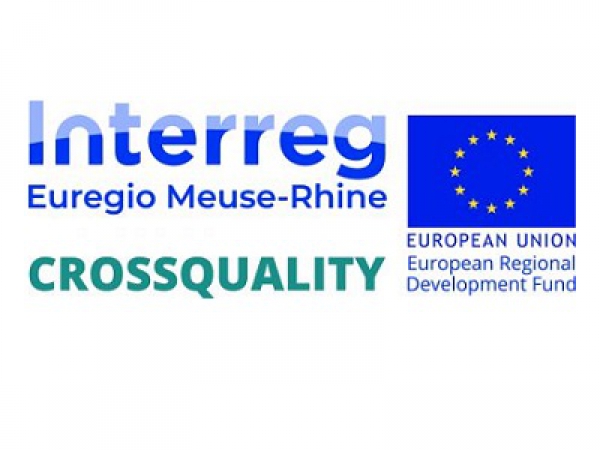
Funding organizations:
European Union (Interreg EMR)
Wallonia
Province of Limburg Belgium
Dutch Limburg Province
North Rhine-Westphalia
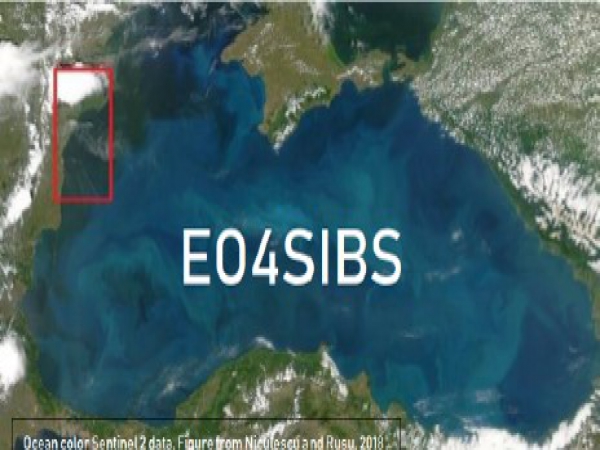
Based on novel EO-based products and enhanced data sets dedicated to the Black Sea (Ocean colour data, Coastal altimetry, High resolution salinity, Sea state information), the EO4SIBS project aims at generating new knowledge and methodology to better asses:
Physical oceanography and biochemical ecosystems
Black Sea level dynamics and trends
Deoxygenation
The different multidimensional datasets produced in the project will be accessible in a web interface that includes a cartographic portal. In addition to vizualisation of datalayers, users will be able to interrogate specific locations to show/download related multidimensional information (time series, depth, etc.). The Geomatics Unit is in charge of the development of the project website including the cartographic portal: http://www.eo4sibs.uliege.be
The project also aims at developping a Scientific Roadmap identifying science priorities and new development activities in the Black Sea for the next years.
Partners: ESA (Financer), ULiège MAST laboratory (Applicant), Institutul National de Cercetare, Sorbonne University, CLS, Institut de Ciencies del Mar, Terra Signa, Jailoo.eu.
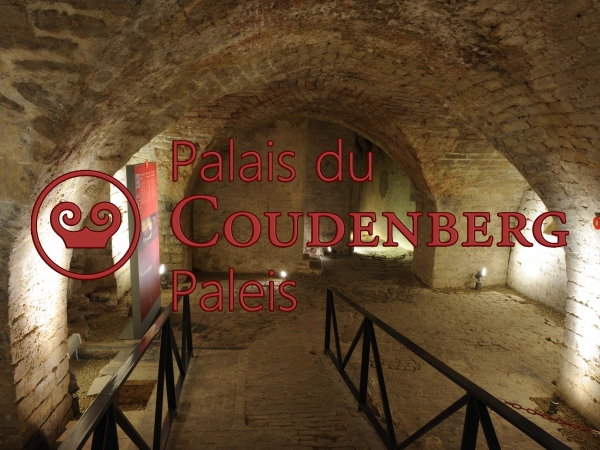
The project "Coudenberg SIA3D" concerns the 3D modelling of the Coudenberg archaeological site and museum in Brussels and the development of an archaeological information system (AIS) linked to the model. This project therefore consists of two scalable, multifunctional and interconnected tools. The data acquisition results in a realistic and highly accurate three-dimensional digital survey of the Coudenberg archaeological site and museum. The AIS is designed as a database to access and visualize a large amount of information of various natures and formats and specific archaeological and historical information. The AIS is both a spatio-temporal referencing tool and a support for archiving and monitoring the archaeological site and museum, enabling the state of conservation and in situ interventions to be monitored.
Project leader: Roland Billen, Pierre Hallot, Florent Poux
Project coordination: Charline Dubois, Pierre-Henri Lefèbvre
Partners: Geomatics Unit, ASBL Palais de Charles Quint, Beliris

The objective of EO_Regions_Science Shared-Cost
project is to perform a consistent and coordinated set of basic research
activities in support to EORegions!
Under the coordination of Centre Spatial de Liege, the
partners are making a step further in the interoperability of processes and their
collaboration within EORegions!. Supported by Belspo, the project aims to
contextualize and make accessible to the greatest number the tools developed by
the father project.
Project developer : Centre Spatial de Liège
Partners : ULiege, ISSeP, RMA Brussels
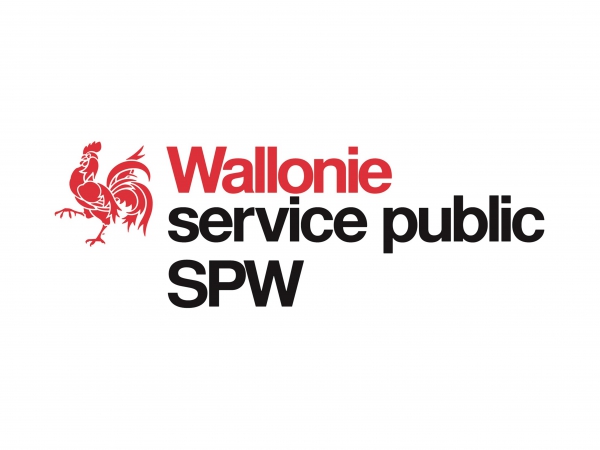
The 4th action of the Geomatics Operational Plan for Wallonia aims to define the content of the Walloon Georeferential and to ensure the availability of the first reference geodata of guaranteed quality, in line with the business needs of users. The project "Geodata Quality Assessment Process: application to the Walloon Georeferential" proposes to analyse the workflow of the existing quality analysis process in order to bring it into line with current standards, consolidate it and improve it where necessary. In close consultation with the Technical Committee (TC-georef) of the Walloon Public Service and the Department of Geometrology, this project aims not only to improve the quality control workflow but also to propose adaptations to the acquisition process for geodata that do not meet international rules and standards.
Project leader: Roland Billen, Pierre Hallot
Partners: Geomatics Unit, SPW Géométrologie
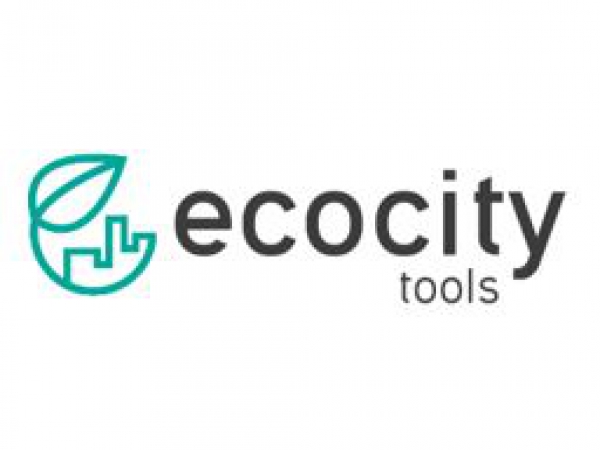
The goal of EcoCityTools is to provide an integrated decision-support platform, to effectively establish environmental and energy diagnostics at the neighborhood level and to make rehabilitation or development choices.
It is an urban planning solution involving the development of products and services based on emerging technologies in analysis (ICT, Big Data and numerical simulation), operating in a new collaborative mode around a 3D GIS (Geographic Information System) to quickly deliver studies for the decision-maker.
Project developer : 1SpatialBelgium
Partners : Cenaero, ULiège, Atm-Pro, Arcadis, Meterbuy, Odometric, GRE-Liège
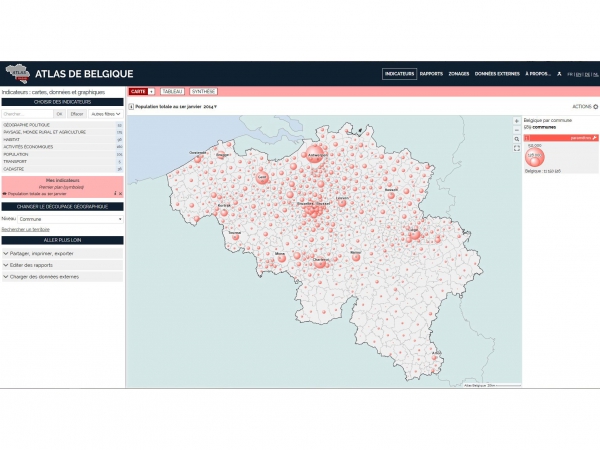
The third edition of the National Atlas of Belgium is financed by “Belgian Science Policy” (Belspo) in the framework of the program “ATLAS: Exploitation of the results of the socio-economic survey 2001”.
Six volumes will be published besides the guide of reading:
- political and electoral geography
- agriculture and rural world
- cities
- the habitat
- economic activities
- population
The Geomatics Unit is responsible for the final cartographic of volumes 1. 4 and 5 (political and electoral geography, the habitat and economic activities)
A second project entitled “digital Atlas of Belgium” not only makes it possible to update the maps but also to add additional maps like creating its own maps.

EORegions! is the project that brings
together and develop the skills of Walloon actors involved in geospatial domain,
in order to deploy a digital platform available to users and data providers of
earth observation domain.
Initiated and led by Spacebel in
collaboration with private societies as NRB and I-Mage, and research
laboratories as well: Geomatics Unit of ULiege, Centre Spatial de Liege and the
Royal Military Academy, this project, financed by the Plan Marshall 4.0, wants
to be innovative in more ways than one.
Besides the classic geodata, the system
relies on the data provided by the Sentinel satellites. Sentinel provides very
good quality data covering the entire globe every week. EORegions! assures a
dynamic monitoring of the territory and detects the changes occurred in forests,
agricultural land, …
Another originality of EORegions!: the data
and processes are shared between the different actors. Thereby, the data and
services mutualisation provides a wide range of information in many topics.
EORegions! proposes a marketplace dedicated
to the commercialisation of earth observation services in two technological
showcases: Wallonia and Senegal. It then turns to Europe (EUGENIUS) and then
internationally with export prospects expected for Walloon companies.
Project developer : Spacebel
Partners : ULiege, CSL, RMA Brussels, I-Mage, NRB
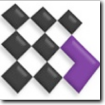
Le projet SpatioData propose le développement d'une plate-forme de données web, accessible en particulier aux dispositifs mobiles (smartphones ou ardoises digitales). Celle-ci permet à tout intervenant autorisé (entrepreneur, gestionnaire, visiteur), sans apprentissage d'un logiciel complexe, d'accéder sur site à l'information dont il a besoin mais aussi de déposer des données multimédia issues de son intervention : photos, plans, croquis ou textes. La connaissance relative au bâtiment se construit donc au fur et à mesure, grâce à la participation de tous les utilisateurs et intervenants dans le bâtiment.
Le projet rassemble les compétences de quatre partenaires scientifiques : les équipes LUCID-ULg et GEOMATIQUE-ULg de l'Université de Liège, le CSTC (centre scientifique et technique de la construction) et l'équipe TELE de l'Université catholique de Louvain.
Deux parrains industriels sont associés pour encadrer et guider le développement du projet : Bizzdev, société wallonne spécialisée dans les technologies mobiles et le développement d'applications logicielles liées à la mobilité, et RFIdea, société wallonne active dans le domaine des applications de systèmes radio-étiquettes.
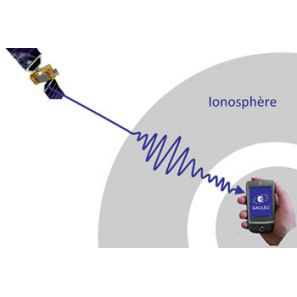
L'ionosphère terrestre affecte la propagation des signaux radios émis par les Systèmes Globaux de Navigation par Satellite (GNSS) comme le GPS, Galileo et GLONASS. Cet effet constitue la limitation principale à la précision des positions mesurées en utilisant ces satellites. L'objectif du projet SWANS est donc de développer de nouvelles techniques exploitant essentiellement la valeur ajoutée de Galileo et la modernisation du système GPS pour contrôler l'activité ionosphérique et atténuer ses effets sur les GNSS.
D'une part, les mesures GNSS peuvent être utilisées pour reconstruire le Contenu Total en Electrons (TEC). Le TEC est le paramètre caractéristique de l'ionosphère qui est utilisé pour quantifier les perturbations induites sur les signaux électromagnétiques. D'autre part, des stratégies adéquates doivent être élaborées pour corriger ces perturbations dans le cadre des différents types d'applications GNSS. D'un côté comme de l'autre, la disponibilité de nouveaux signaux déjà émis à l'heure actuelle par des satellites expérimentaux (Galileo GIOVE-A et GIOVE-B, GPS SVN49) promet des améliorations majeures pour la précision du calcul du TEC, du positionnement ou au niveau de la résolution d'ambiguité par exemple. Le projet SWANS vise donc prioritairement à analyser ces nouveaux signaux grâce notamment à des récepteurs GNSS de dernière génération installés au Centre Physique du Globe de Dourbes en novembre 2009.
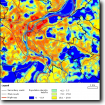
MAMUD, acronyme de Measuring and modeling urban dynamics: impact on quality of life and hydrology, est un projet financé par la Politique Scientifique Belge dans le cadre du programme STEREO II.
Vous trouverez sur le site de BELSPO une fiche descriptive du projet MAMUD. Cliquez ici pour la consulter.
Un site web décrit les objectifs et méthodes de ce projet. Quelques résultats y sont aussi présentés. Pour y accéder cliquez ici.

Mise au point de procédures rapides et fiables pour la définition et l’étude de l’évolution de l’état de santé du milieu marin côtier
Les activités humaines posent de sévères problèmes et altèrent les écosystèmes marins côtiers. Les nombreux apports économiques, écologiques et sociaux que procure le milieu marin sont de plus en plus menacés. L’étude et la compréhension des effets de l’activité humaine sur les écosystèmes marins requièrent généralement beaucoup d’investissement en temps et en argent.
Par contre, les autorités locales désirent des réponses rapides dans le cadre de l’étude des effets de l’utilisation de leur littoral, ceci est souvent en contradiction avec le temps nécessaire pour obtenir des données suffisantes et avec le coût engendré par ce type d’étude. Pour toutes ces raisons, la gestion durable des milieux côtiers est difficile.
Le projet RACE est dévolu à l’élaboration d’outils qui permettront de détecter et de prédire les changements des écosystèmes côtiers menacés par les activités humaines. Les outils développés pour fournir de tels indicateurs (intégrant au mieux les réponses de l’écosystème) sont complexes, mais doivent rester facilement utilisables par les autorités locales.
Ainsi, le projet RACE produira une réponse novatrice à la demande pressante des autorités gestionnaires des écosystèmes côtiers de pouvoir disposer d’outils fiables qui permettent une réponse rapide et relativement peu coûteuse grâce à l’utilisation de divers moyens:
- l’utilisation d’une approche interdisciplinaire pour caractériser l’écosystème marin côtier;
- le développement et la validation des connaissances scientifiques, des bases de données et d’outils numériques pour aider à l’élaboration et l’application rapide des outils nécessaires;
- le développement et la validation d’outils diagnostiques développés pour et dans le cadre de la gestion des écosystèmes côtiers.
Ces outils seront développés dans le cadre du projet afin d’être applicables dans l’Ouest de la Méditerranée, avec comme zone de référence la Corse. La région de Calvi sera notre premier système étudié en raison de son spectre étendu et connu en terme d’influence anthropique mais aussi pour l’expérience et les connaissances acquises par l’Université de Liège dans cette région.
Le projet fournira les résultats nécessaires pour une meilleure gestion durable des écosystèmes. Les avances scientifiques attendues pendant la proposition actuelle incluent :
- les adaptations aux modèles hydrodynamiques et d’écosystèmes appliqués depuis l’échelle du bassin jusqu’à l’échelle de la baie;
- l’élaboration de modèles d’écosystème spécifiques à la zone côtière corse applicables à des zones soumises à des apports en nutriments;
- l’élaboration de nouveaux outils diagnostiques qui combineront les résultats acquis par les modèles et les données terrain;
- l’élaboration de procédures expérimentales pour définir et surveiller les changements de l’environnement marin.
La base de données RACE continue à être utilisée et de nombreux développements sont présentés sur le site Web de la plateforme GITAN dont de nombreux graphiques dynamiques des données acquises actuellement.
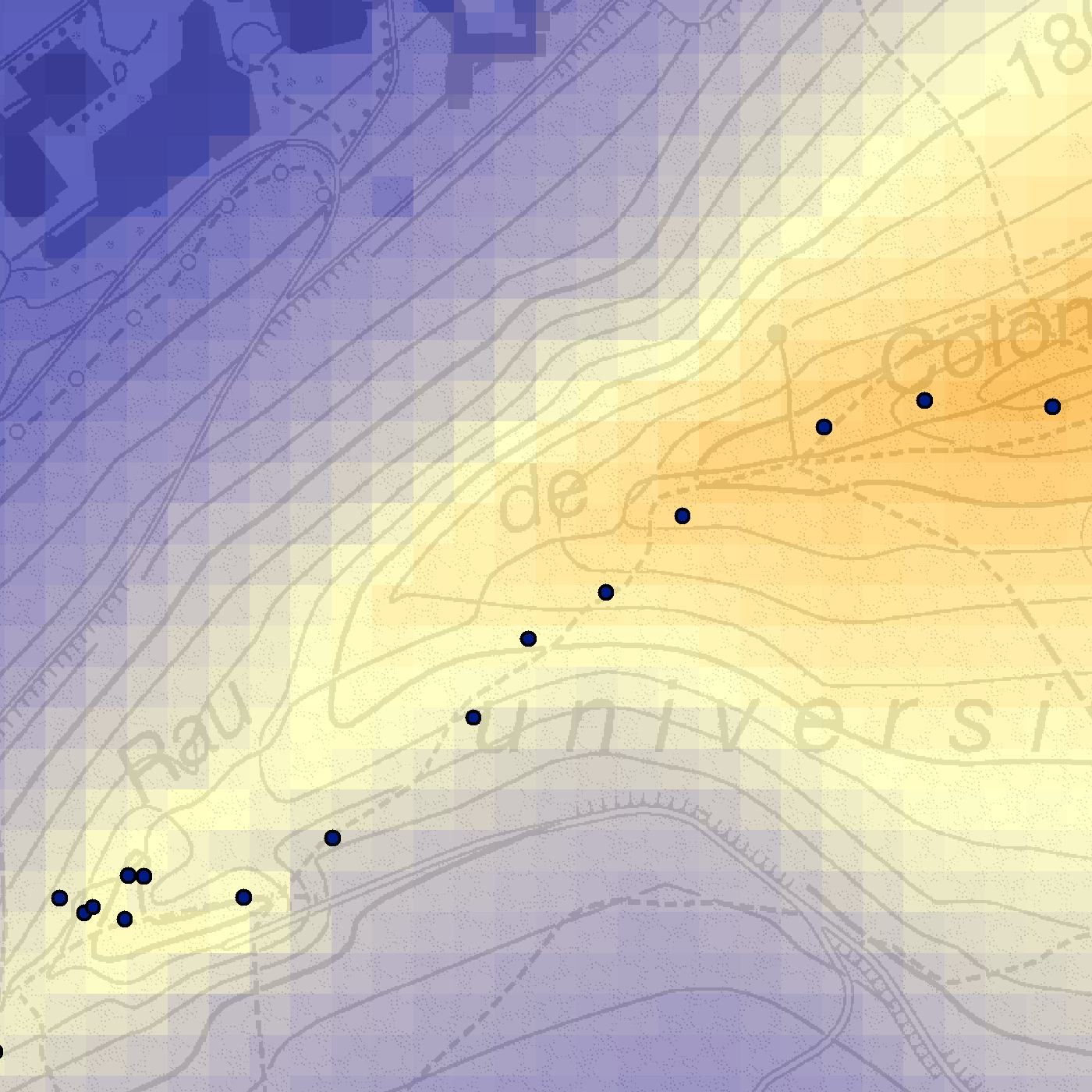
Les événements extrêmes du jeudi 29 mai 2008 en région liégeoise et leurs conséquences douloureuses (humaines et financières) amènent à chercher à comprendre le phénomène, à le reproduire et à l’anticiper. Pour rappel, un épisode pluviométrique de courte durée, mais très intense (lame d’eau d’environ 90 mm en moins de 2 heures) sur le domaine du Sart Tilman a provoqué des inondations très soudaines (communément appelées « flash-flood ») aux abords des ruisseaux descendant du Sart Tilman vers la Meuse et l’Ourthe.
Ces événements exceptionnels ont présenté une forte hétérogénéité spatiale et temporelle à l’échelle régionale. Outre la complexité de la dynamique météorologique qui les a générés, leurs conséquences ont été le fruit de la combinaison complexe d’une série de facteurs environnementaux : nature des sols, topographie locale, couverture végétale, ouvrages anthropiques et urbanisation …
A l’initiative de la Ministre de la recherche scientifique de la Communauté Française (Marie- Dominique Simonet), l’Aquapôle a fédéré un travail multidisciplinaire visant à décrire les mécanismes de ces événements extrêmes et à reproduire les impacts hydrologiques de ces pluies exceptionnelles à l’échelle locale, dans un environnement boisé et vallonné.
L'intervention de l'unité de géomatique a été d'une part la création d'un réseau de points topographiques de référence permettant de rattacher à un système cartographique cohérent les différentes données recueillies.
D'autre part, l'expertise de l'unité de géomatique a permis l'établissement de la topographie détaillée des bassins versants sélectionnés : rupture de pente, talus, éléments naturels et anthropiques « singuliers » susceptibles d'influencer la rugosité des surfaces d'écoulement au niveau du bassin versant ; création de modèles numériques de terrain nécessaires à la modélisation hydrodynamique, avec utilisation de données géographiques connexes.

Le projet s’inscrit dans le domaine de recherche « Cartographie, aménagement du territoire et gestion des terres » du programme national de recherche en observation de la Terre STEREO I financé par la politique scientifique (Belspo)
Objectives
The aim of this project is to investigate how earth observation technology may be used as a policy-supporting component for local and regional authorities in Belgium and, conversely, for the development of prototype versions of products with value added catering for the spatial information requirements of these authorities.
The most important objectives of this project are:
a. Definition of optimal methods for improved spatial information mining from high and very-high resolution data, with innovative processing techniques providing the basis
b. Identification of useful earth observation applications at the local and regional decision-making levels, made possible through application of the developed data mining methods
c. Definition and development of data products with value added that support these applications and may be consulted via user-friendly, widely distributed IT help resources (CD-ROM, internet, etc.).
|
Mohammad Ali |
 |
|
Robert Arnould (†) |
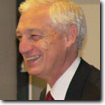 |
|
Nourhan Bachir |
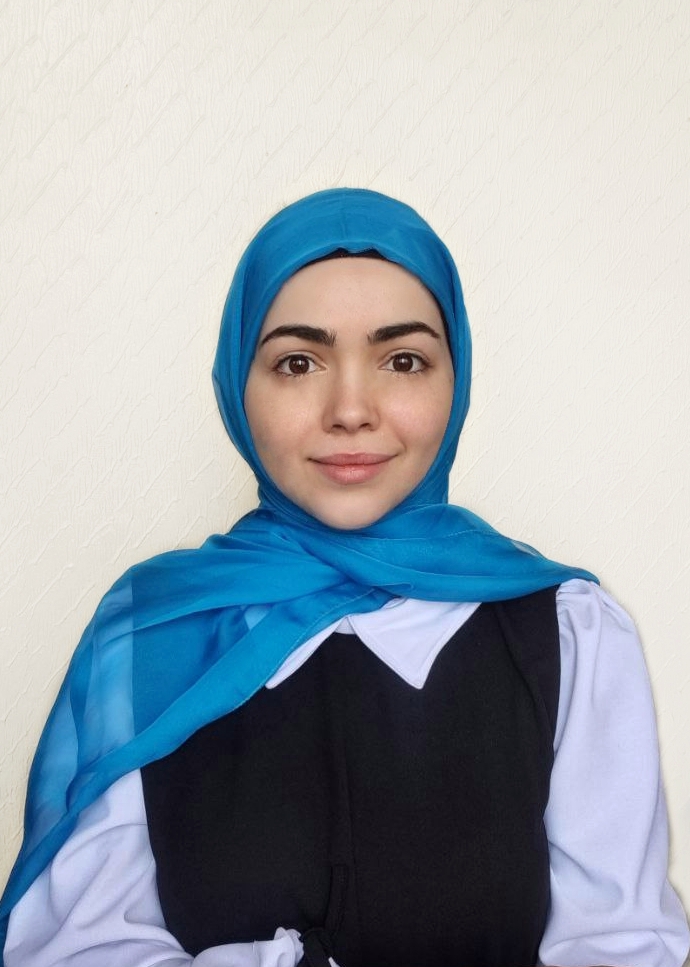 |
|
Yves Baudot |
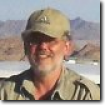 |
|
Francis Bels |
 |
|
Benoît Bidaine |
 |
|
Françoise Bruls |
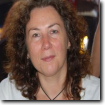 |
|
Cyril Carré |
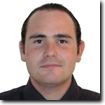 |
|
Christophe Chaidron |
 |
|
Éric Collette |
 |
|
Bénédicte Collette |
 |
|
Anne-Sophie Collignon |
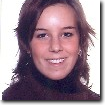 |
|
Albert Collignon (†) |
 |
|
Adrien Colom |
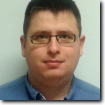 |
|
Bernard Cornélis |
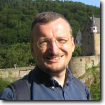 |
|
Yves Cornet |
 |
|
Anne Da Col |
 |
|
Rudi Daune |
 |
|
Stanislas De Bethune |
 |
|
Mathilde Debelle |
|
|
Alain Debie |
 |
|
Vincent Delfosse |
 |
|
Cécile Deprez |
 |
|
Murielle Desimpelaere |
 |
|
Geoffroy Detry |
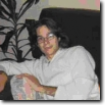 |
|
Jean-Paul Donnay |
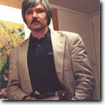 |
|
Loubna El Mansouri |
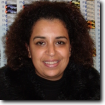 |
|
Éric El Osta |
 |
|
Delphine Fourneaux |
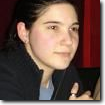 |
|
Bernard Genin |
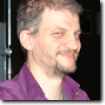 |
|
Céline Goffin |
 |
|
Jonathan Grevesse |
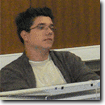 |
|
Juan Gutierrez |
 |
|
Rafika Hajji |
 |
|
Pierre Hallot |
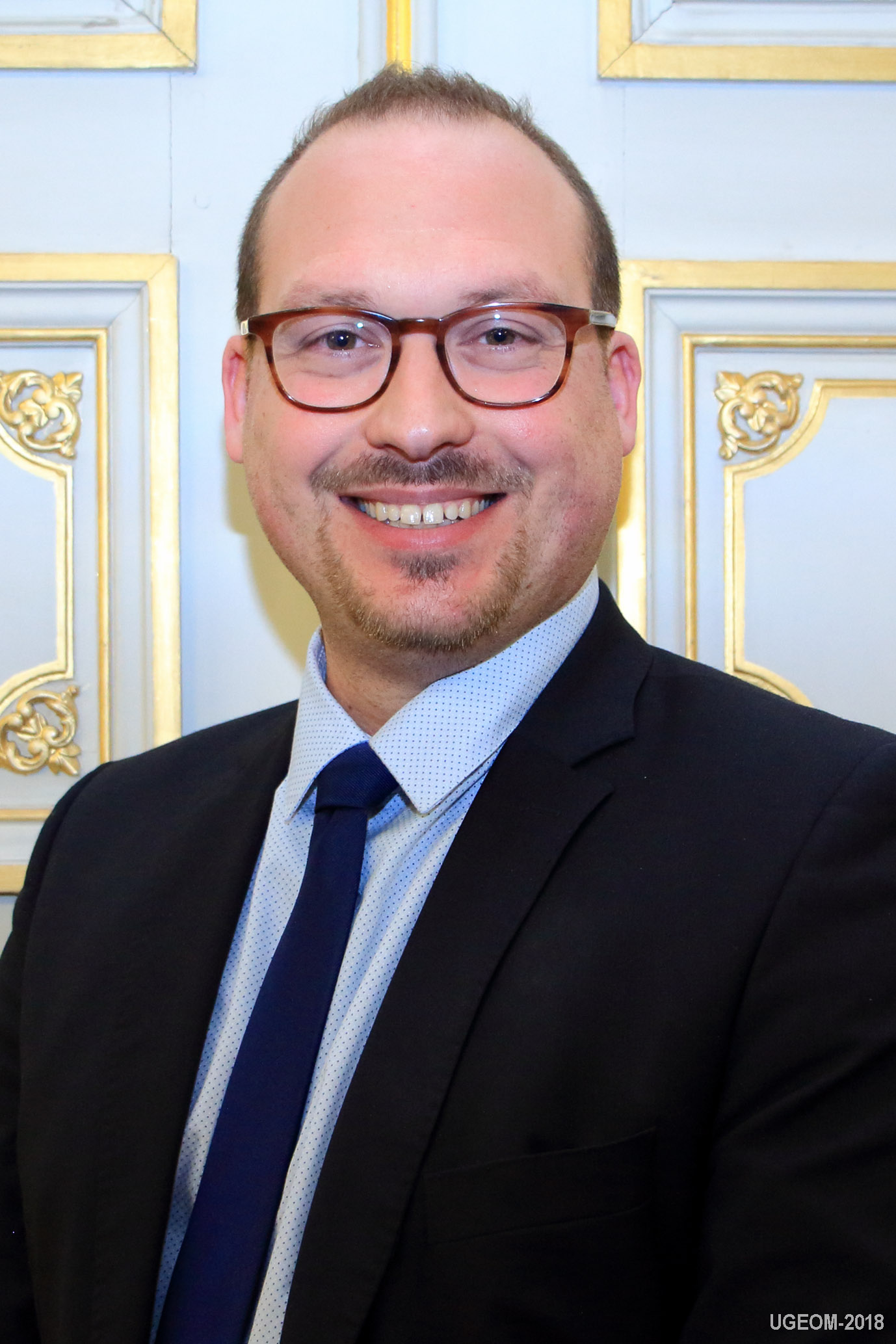 |
|
Stéphanie Horion |
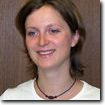 |
|
Philippe Houssier |
 |
|
Alain Hubert |
 |
|
Fatiha Ibannain |
 |
|
Alexis Jacquemin |
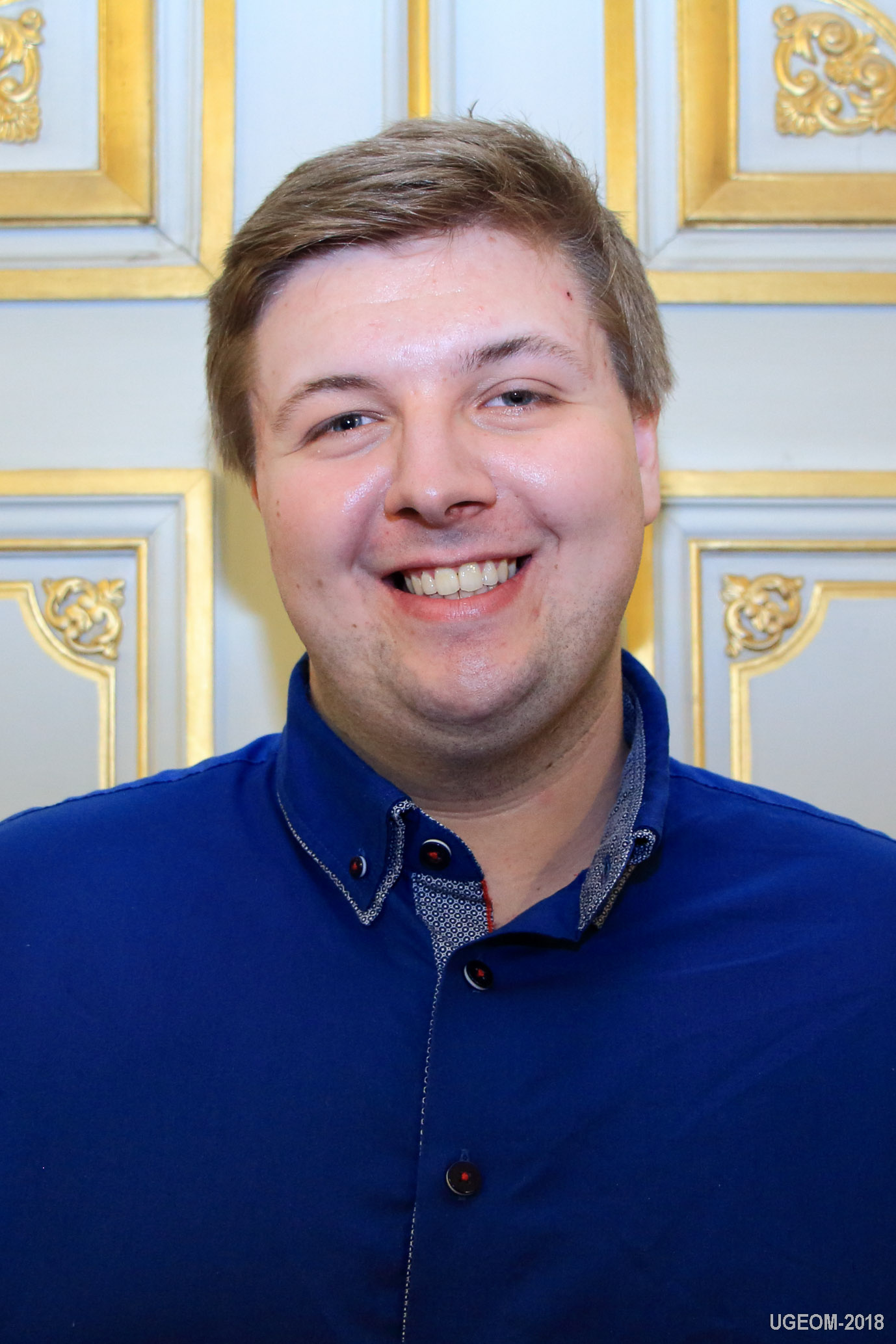 |
|
Michel Lambinon |
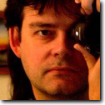 |
|
François Laplanche |
 |
|
Luc Leclercq |
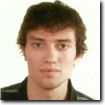 |
|
Amélie Ledent |
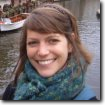 |
|
Gauthier Legros |
 |
|
Matthieu Lonchay |
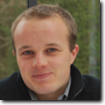 |
|
Andrea Luczfalvy Jancso |
 |
|
Gilles Marchal |
 |
|
Denis Marchal |
 |
|
Adrien Michez |
 |
|
Fabrice Muller |
 |
|
Istvan Nadasdi |
 |
|
Romain Neuville |
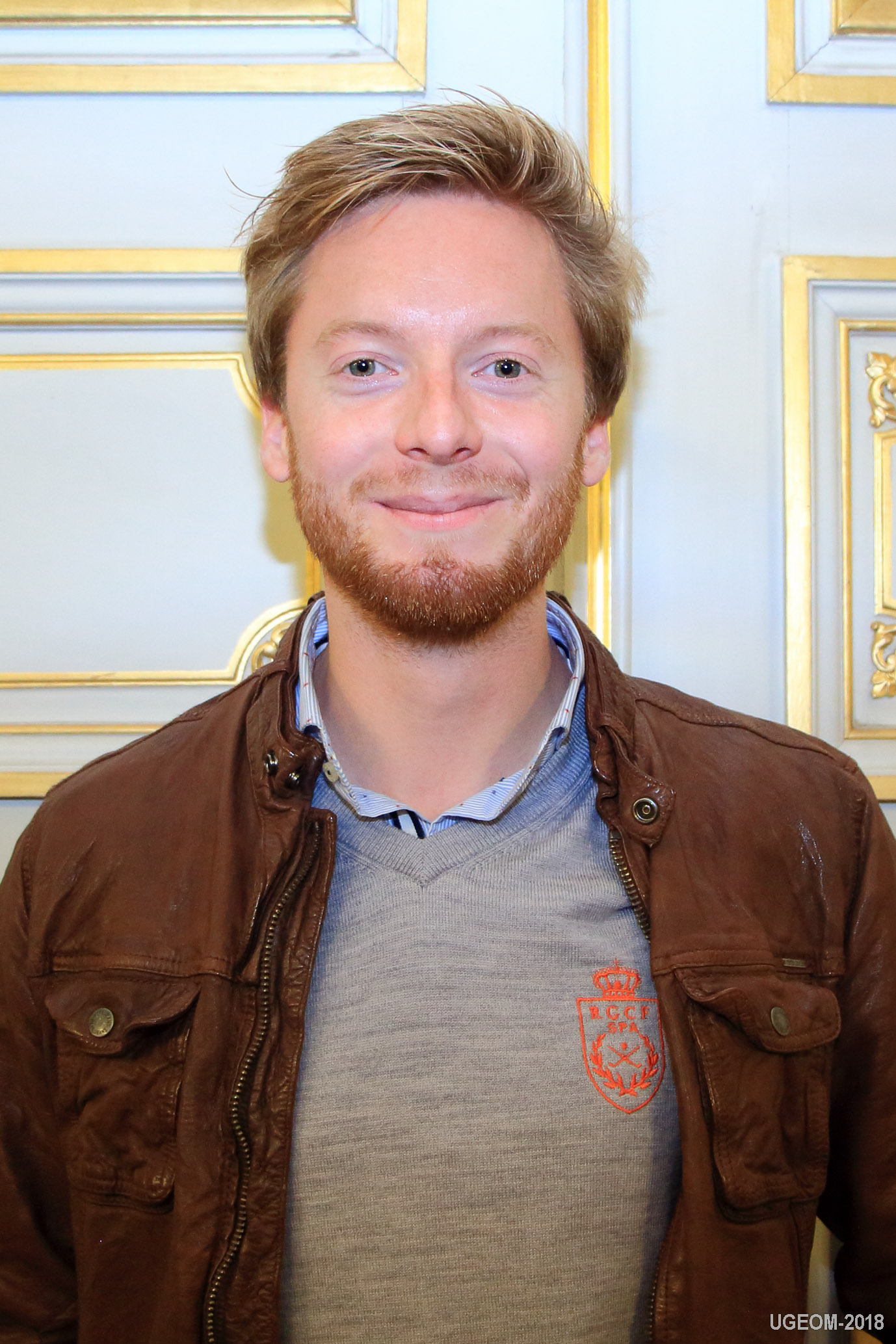 |
|
Gilles-Antoine Nys |
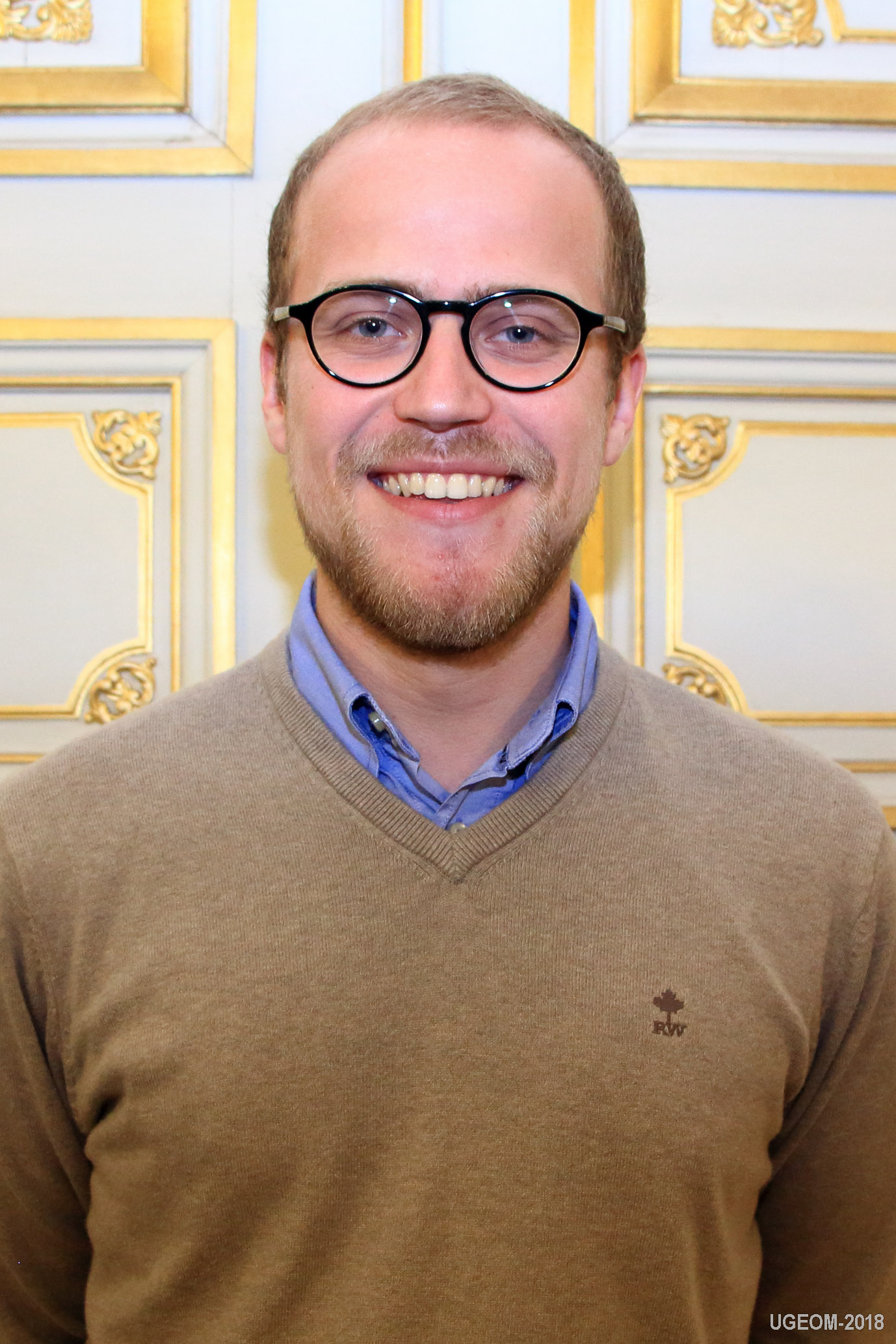 |
|
Dimos Pantazis |
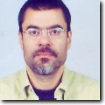 |
|
Frédérique Paquay |
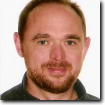 |
|
Damien Paque |
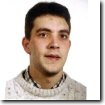 |
|
Fabien Pasquasy |
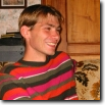 |
|
Michelle Pfeiffer |
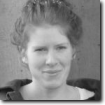 |
|
Julie Piron |
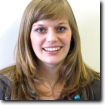 |
|
Bruno Plouvier |
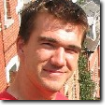 |
|
Nadia Poncelet |
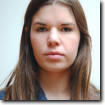 |
|
Florent Poux |
 |
|
Cédric Renwa |
 |
|
Ivana Sainovic |
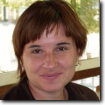 |
|
Jean-Christophe Sainte |
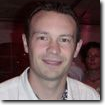 |
|
Grégory Savoie |
 |
|
Christophe Schenke |
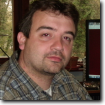 |
|
Benoît Schumacker |
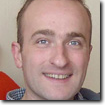 |
|
Jean-Christophe Schyns |
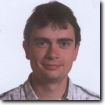 |
|
Gautier Seba |
 |
|
El Hassane Semlali |
 |
|
David Sheeren |
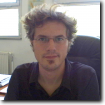 |
|
Vítor Silva |
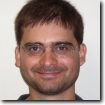 |
|
Daniel Smets |
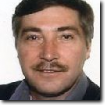 |
|
Jeannine Sojic |
 |
|
Driss Tahiri |
 |
|
Laurence Thomsin |
 |
|
Mathieu Treffer |
 |
|
Marie Trotta |
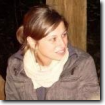 |
|
Quentin Valembois |
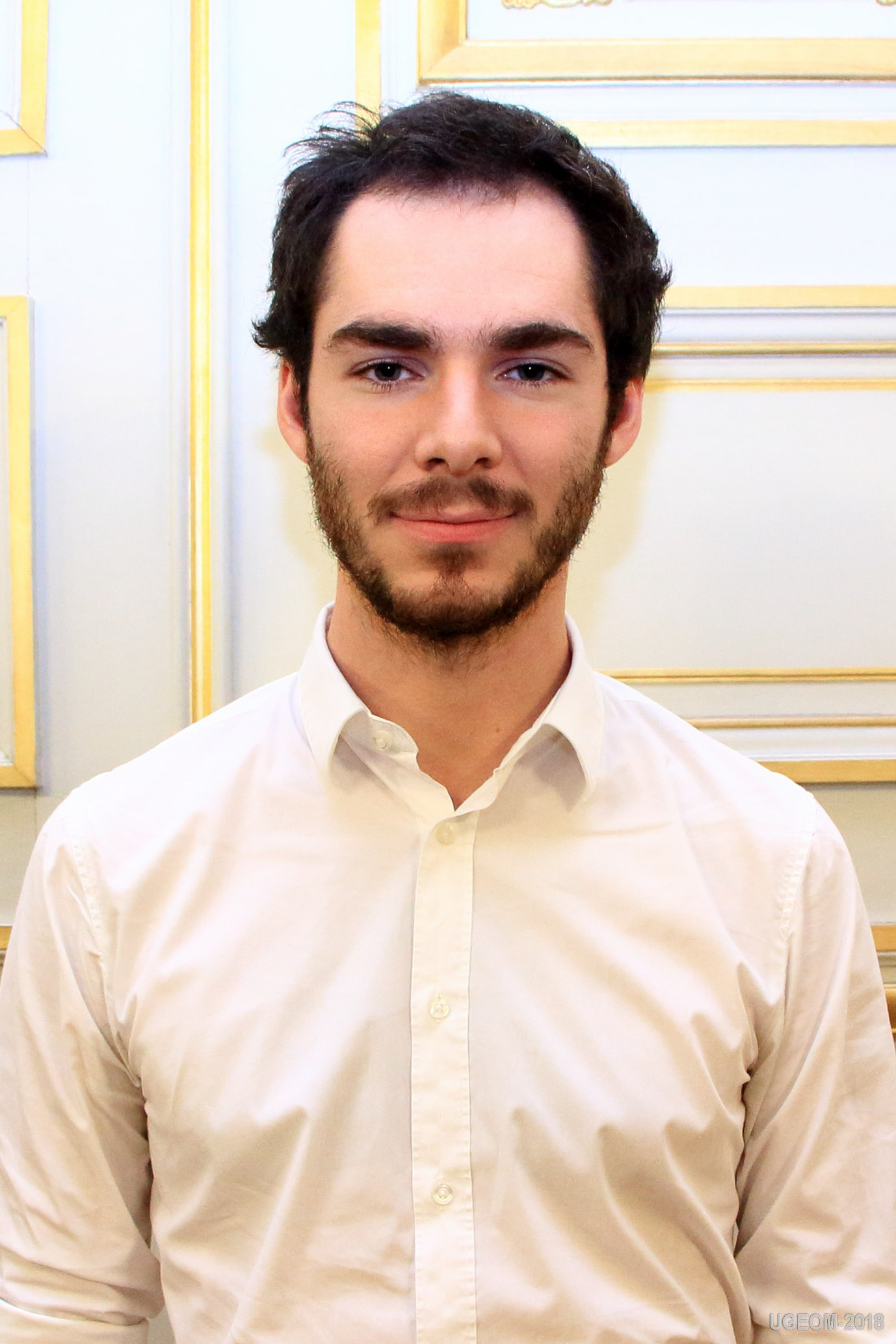 |
|
Muriel Van Ruymbeke |
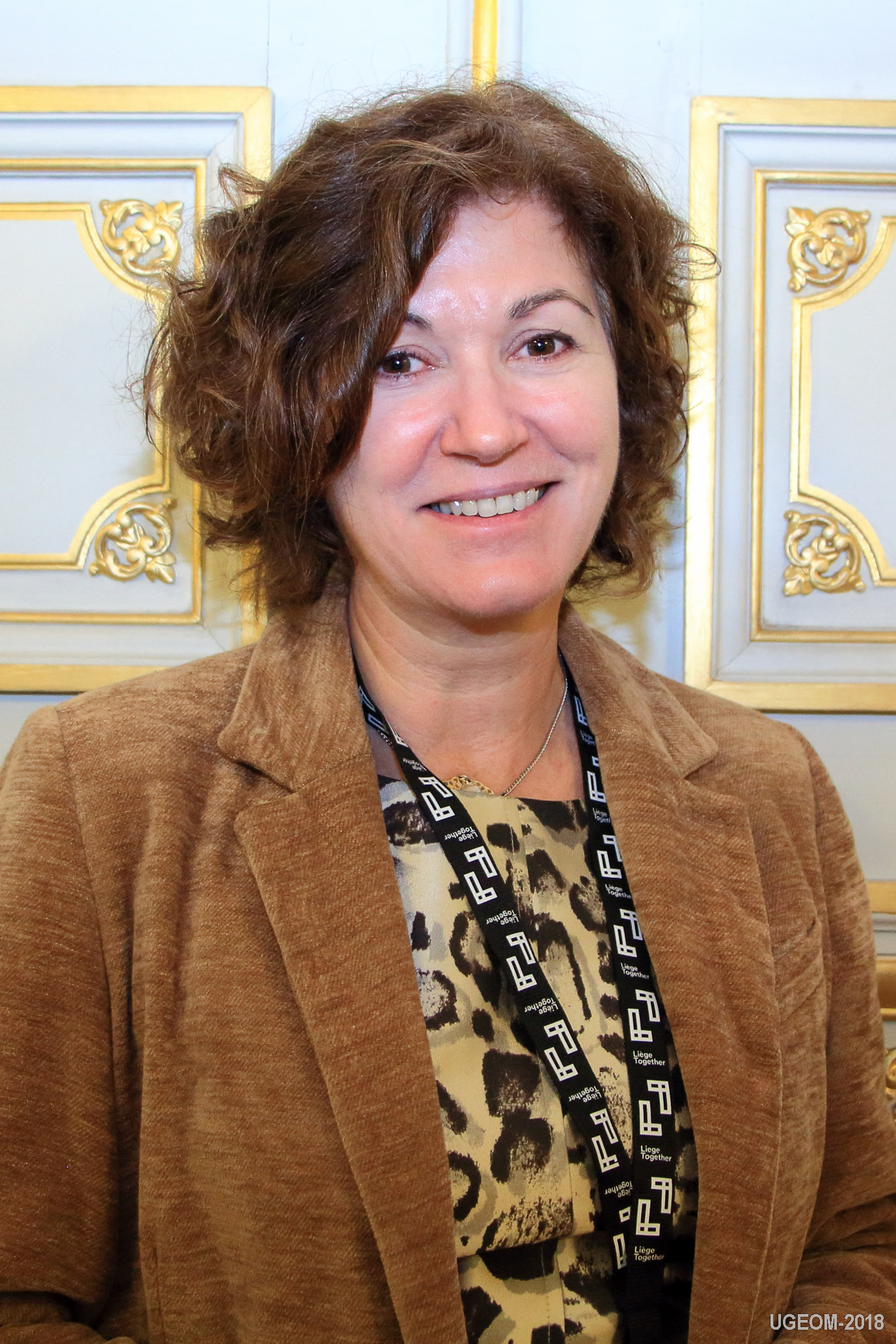 |
|
Gilles Wautelet |
 |
|
Jules Wilmet (†) |
 |